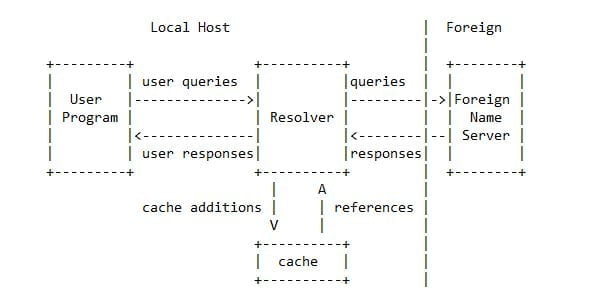Domain Name System aka DNS
As an IT or Cyber security professional, a thorough understanding of the Domain name system is very helpful. However, we cannot discuss here the complete theory. Let’s discuss some key items to get a grasp on the basics of the subject.
Before DNS came into the picture, how in the old days did the networked systems identify the names of the other systems?
The answer is a file called “Hosts”, which exists on each system and contains the name and IP addresses of the other systems. There is a much deeper history and technical details here, however, we will have this as a base understanding to start with. If you are interested in an RFC on this subject,
Read the RFC 606, RFC 608, RFC 623, and RFC 625,
As the internet started growing and the number of computer networks increased and also the number of computers increased, soon the host’s file becomes cumbersome to use and impossible to manage, hence we have the new technology called “Domain Name System” aka DNS.
The domain name system was created in the year 1983 and here below are the RFC documents
https://datatracker.ietf.org/doc/html/rfc1034
https://datatracker.ietf.org/doc/html/rfc1035
BIND is the first DNS Server ( Berkley Internet Name Domain) developed at the University of California.
The worldwide DNS system is a combination of Hierarchical and distributed architecture in the terms of deployment and structured data in it, which means each DNS server on the internet will have the authority to respond to a specific set of zones and domain names, and there are root servers that act like a top-level authority. The naming system is hierarchical in nature.
Novell Documentation: DNS/DHCP – DNS Hierarchy
How does a DNS system work from a user perspective?
- When you open your browser and type a website to access the website.
- your computer queries the DNS server(mentioned in the computer network configuration) for the IP address assigned to the website
- The DNS Server responds to your computer with the IP address,
- After which your browser starts fetching content from the IP address.
- As mentioned above when the computer queries the DNS server, that is hosted by your Internet service provider or your ISP-provided router acting like one.
Watch the below video to get a clear understanding of DNS
Also please check “Understanding TCP/IP Protocol“

